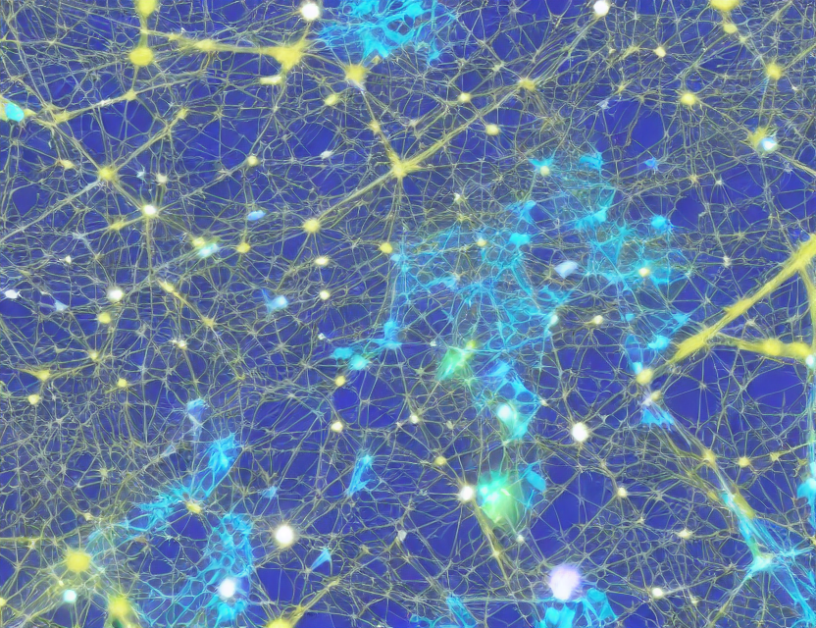In this article, the authors propose a novel approach to mixture representation called "aggregation with attention mechanism." The goal is to account for the nonadditive or nonlinear contributions of constituent molecules on the mixture property. The proposed method combines two essential components: (1) an attention mechanism that captures the importance of each molecule in the mixture, and (2) a aggregation module that computes the weighted sum of molecular representations to form the mixture representation.
To understand how this works, imagine a group of friends who want to represent their favorite music genres. Each friend has a unique taste in music, which can be represented as a vector. The friends want to aggregate their individual tastes into a single representation of their favorite music genre. However, the contribution of each friend to the overall representation is not simply linearly dependent on their weight fraction. To capture this nonlinearity, the friends use an attention mechanism that calculates the importance of each friend’s vector. The attention mechanism assigns a score to each friend, which reflects their importance in determining the overall music genre representation.
Next, the friends compute the weighted sum of their individual representations using the scores obtained from the attention mechanism. This produces a single representation that captures the collective taste of the group. In essence, the aggregation module acts as a modulator that adjusts the importance of each friend’s representation based on their attention score.
The authors propose using this approach to improve the safety of lithium-ion batteries. They demonstrate that their proposed method can accurately capture the nonlinear interactions between different molecular species in the battery, leading to improved performance and safety.
In summary, the aggregation with attention mechanism proposed in this article offers a novel way to represent complex mixture data by accounting for the nonadditive or nonlinear contributions of individual components. By combining an attention mechanism with a aggregation module, the proposed method can capture the modulation effect of each component on the overall mixture representation, leading to improved performance and safety.
Computer Science, Machine Learning
Deep Learning for Materials Science: A Review of Recent Advances and Future Prospects



